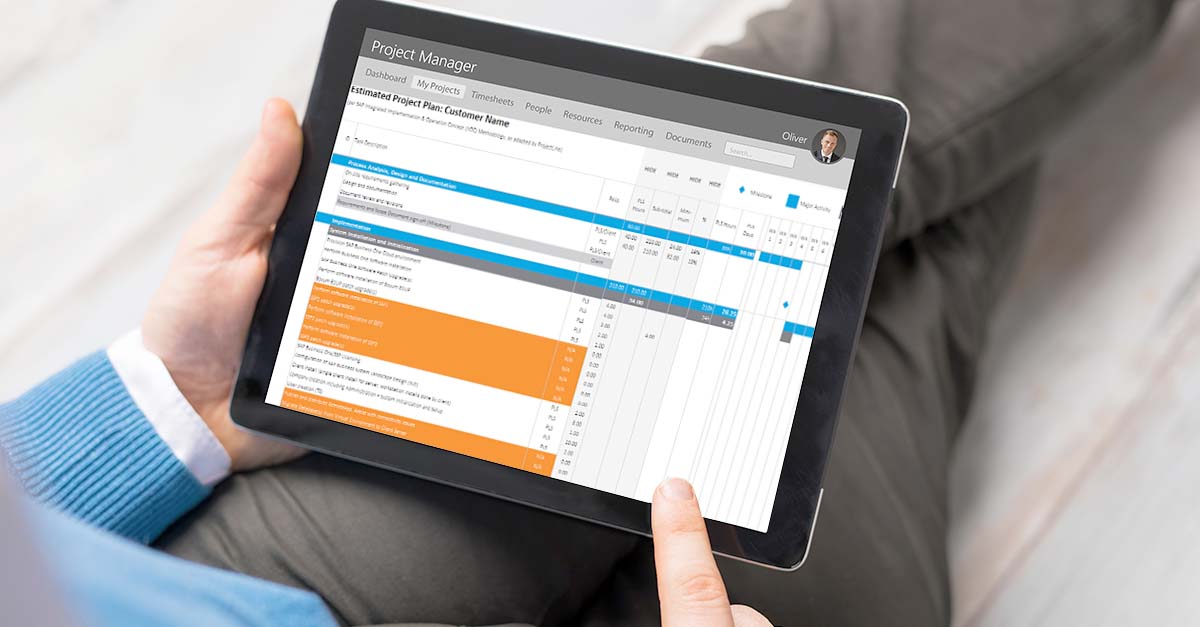How Much Does ERP Cost? [2025 Pricing Guide for SMEs]
![How Much Does ERP Cost? [A Guide for SMEs]](https://www.projectline.ca/hubfs/Feature%20Images/ERP-Cost-F-1200x627.jpg)
![How Much Does ERP Cost? [A Guide for SMEs]](https://www.projectline.ca/hubfs/Feature%20Images/ERP-Cost-F-1200x627.jpg)
How Much Does ERP Cost? [2025 Pricing Guide for SMEs]
April 25, 2025
10
min read
7 Steps for a Successful ERP Implementation Project


7 Steps for a Successful ERP Implementation Project
April 02, 2025
6
min read
5 Essential Steps to Selecting the Right ERP


5 Essential Steps to Selecting the Right ERP
March 28, 2025
6
min read
What is ERP? | Enterprise Resource Planning Explained


What is ERP? | Enterprise Resource Planning Explained
March 05, 2025
9
min read
AI and ERP: What to Expect in 2025


AI and ERP: What to Expect in 2025
February 25, 2025
4
min read
Odoo vs. NetSuite: Which ERP is Right for Your Business?


Odoo vs. NetSuite: Which ERP is Right for Your Business?
February 12, 2025
8
min read
ERP Funding for Canadian Businesses


ERP Funding for Canadian Businesses
October 22, 2024
6
min read
The Art & Science of Demand Forecasting


The Art & Science of Demand Forecasting
October 11, 2024
5
min read
Guide to ERP Inventory Management


Guide to ERP Inventory Management
August 26, 2024
6
min read

